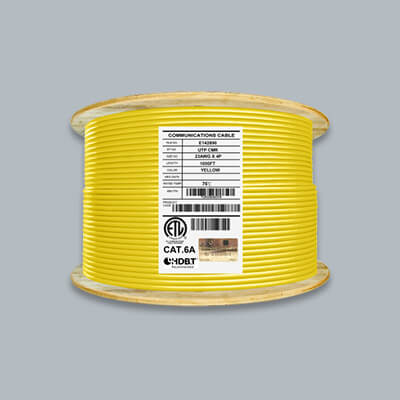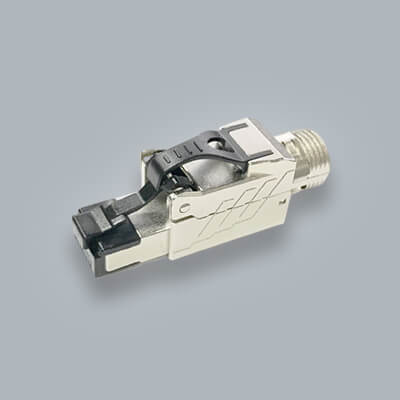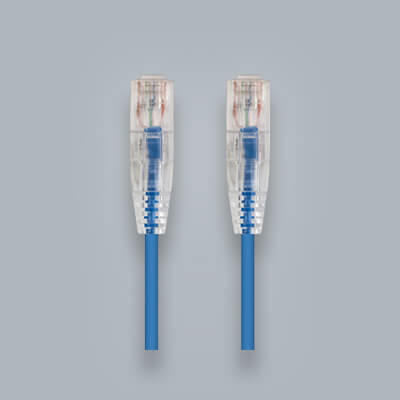Ethernet Cable Temperature Range

Nowadays you can pretty much use an ethernet cable in any environment. From cold conditions to high heat you can expect your ethernet cable to be able to function properly. Knowing just how much a cable can take is important in proper installation and maintenance of your ethernet cables. Looking at cable specifications you'll see sections that list out what your cable can efficiently operate at temperature wise. In this article we will go over some of the different ethernet cable temperature ranges.
What Kind Of Temperature Ranges Are There?
Looking at a spec sheet for just about any ethernet cable you'll come across a section detailing usage and environmental conditions. This area will give you an overview of what kind of uses are ok in certain temperatures ranges. The three common uses are storage & shipping, installation and operation.This covers every aspect of the cabling experience. From when you receive the cables to installing and then when your cables are in operation. Now that we have a introduction to the types of uses lets get into the different temperatures.

Cable Temperature Ranges
We feel its important to cover each aspect of the cable uses so each step of the way you are prepared. Pulling information from our Cat6 riser cables for example we have an ethernet cable temperatures range of -20°C to 60°C (-4°F to 140°F) for operation. This means that after your cable is installed and you are operating your applications on the lines. This is the most important temperature range to keep in mind for proper maintenance after your cables are installed. This ensures that your cables will work properly and will be able to hold up over the years.

Let's now get in to the other uses cycle of ethernet cable. For Storage and shipping the recommended temperature range is -20°C to 75°C (-4°F to 167°F). This gives you a comfortable range knowing that pretty much anywhere your cable is coming from it will be in great condition.

After you have received the cable then it's time to install ! For the installation process the recommended temperature range is 0°C to 75°C (32°F to 167°F). Whether installing your cable in cold temperatures or warm your cable should hold up just fine in certain conditions. It should be noted here that colder temperatures make it a tad more difficult to install in. Cable jackets can become stiffer and more difficult to bend if needed. Just something to keep in mind but shouldn't deter your from getting your brand new network runs up.

Different Cables For Different Temperatures
Now that we know that kind of temperatures your cables can handle let's get in to the topic of whether certain cables perform better at different temperatures. The answer to this question is yes. There are different materials that perform differently in certain temperatures.
You can expect pretty much every Ethernet cable to withstand the conditions that were mentioned above. This means that whether using a CM rated, CMR rated, CMP rated or CMX rated cable will be fine in the storage & shipping, installation and operation temperature ranges. The most important aspect to this is where your ethernet cable is going. Just because the cable can operate in a certain temperature does not mean that it can be places wherever.
For example, maybe you want to use a CM rated cable inside a vent where temperatures can rise. You see that the operating temperature can handle this but hold up ! It's not safe. You want to make sure that you match the cable jacket to the area you are installing.
The reason for doing this is because each type of cable has a different jacket material which helps prevent the spread of flames among other things. So a CM rated cable can not be safely installed in a vent or areas with air flow because of the spread of flames possibility. For this you would want a Plenum (CMP Rated) cable.
For more information on cable jacket types head on over to the difference between CM, CMR and CMP?
This will give you a good overview of what cables can go where.
Final Thoughts
Ethernet cable is a lot more than just getting it and installing. Knowing all the different features from its design, functions and jacket types will help give you a successful network.
This is why knowing your ethernet cable temperature range is just one of the many things to understand on your next installation. Whether your conditions are very cold or very hot you will know whether or not the cable can operate. Pair that with good installation practices and you'll have your network running for years to come.
Happy Cabling !





